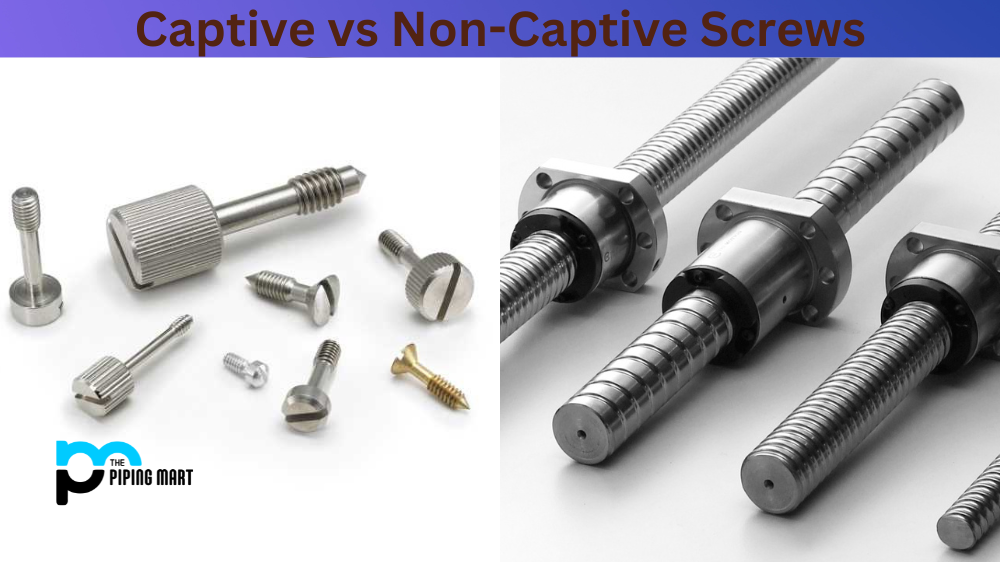Threaded inserts are common hardware in engineering, woodworking, and DIY projects. They come in different materials, shapes, and sizes to suit various applications, such as fastening, joining, and reinforcement. In this blog post, we’ll explore the advantages and disadvantages of threaded inserts in your projects. Whether you’re a professional engineer, a hobbyist DIYer, or just curious about hardware, you’ll find valuable insights in this article.
What are Threaded Inserts?
Threaded inserts are small metal cylinders with threads on the inside and outside surfaces. They create strong and reliable fastenings in various wood, plastic, or metal materials. These inserts provide a more secure connection than traditional screws or nails due to their ability to distribute weight evenly along the surface area of the material.
One of the main advantages of using threaded inserts is their ability to increase thread strength in weak materials. For example, when using wood or particle board, which can easily split when drilled directly, inserting a threaded insert provides a stronger anchoring point for screws or bolts.
Another major benefit is their versatility. Threaded inserts come in various sizes and designs, making them suitable for different applications and industries. From furniture assembly to automotive manufacturing, a threaded insert is designed specifically for each use case.
Advantages and Disadvantages of Using Threaded Inserts for Your Needs
Advantages of Using Threaded Inserts
Strong and Durable:
Unlike screws and bolts, threaded inserts are designed to hold the threads better, resist pull-out forces, and withstand stress and vibration. They provide a more secure and permanent fastening solution for your projects, whether for metal, wood, plastic, or composite materials.
Easy Installation:
Threaded inserts can be installed with various tools, such as drills, taps, drivers, and pliers, depending on the type and size of the insert. Some inserts don’t require special tools but can be screwed in or hammered in with a mallet. The ease of installation saves time and effort, especially when installing many inserts in a project.
Versatility:
Threaded inserts come in different materials, such as steel, brass, aluminum, and plastic, to suit various applications and environments. They also come in different shapes and sizes, such as round, hexagonal, square, and flanged, to fit different holes and recesses. You can choose the best inserts for your project based on your requirements and constraints.
Disadvantages of Using Threaded Inserts
Cost:
Threaded inserts are generally more expensive than screws and bolts, especially the high-quality ones made of stainless steel or titanium. If you’re working on a tight budget or a small project, you might prefer to use cheaper hardware solutions. However, if you’re working on a critical or sophisticated project that requires sturdy and reliable fastening, the investment in threaded inserts can pay off in the long run.
Complexity:
Threaded inserts may require some expertise and knowledge to install correctly, especially if you’re dealing with thick and hard materials or tight spaces. You must drill the hole, tap the threads, and insert the insert with the right tools and techniques. If you don’t have experience in using threaded inserts, you should practice and seek guidance from experts or online resources.
Compatibility:
Threaded inserts may not be compatible with all materials or configurations. If you’re working with soft or brittle materials, such as ceramics or glass, or if you’re dealing with curved or irregular surfaces, you might face some challenges in installing and securing threaded inserts. Some inserts also require specific thread types and tolerances, which might not match your project’s requirements.
Conclusion:
Threaded inserts are versatile and robust hardware pieces that can enhance the strength and stability of your projects. They offer numerous benefits, such as durability, ease of installation, and versatility. Nevertheless, they have some drawbacks, such as cost, complexity, and compatibility. Before using threaded inserts in your projects, you need to weigh the pros and cons carefully and determine whether they’re the best hardware solution for your needs. If you decide to use threaded inserts, follow the installation instructions carefully, choose the right materials and sizes, and test the inserts’ strength and stability before using them in critical applications.
Sakshee is a talented blogger, with a particular focus on the Business and Metal Industry. She is passionate about sharing her insights on various metal products and helping professionals to make a better decisions.




